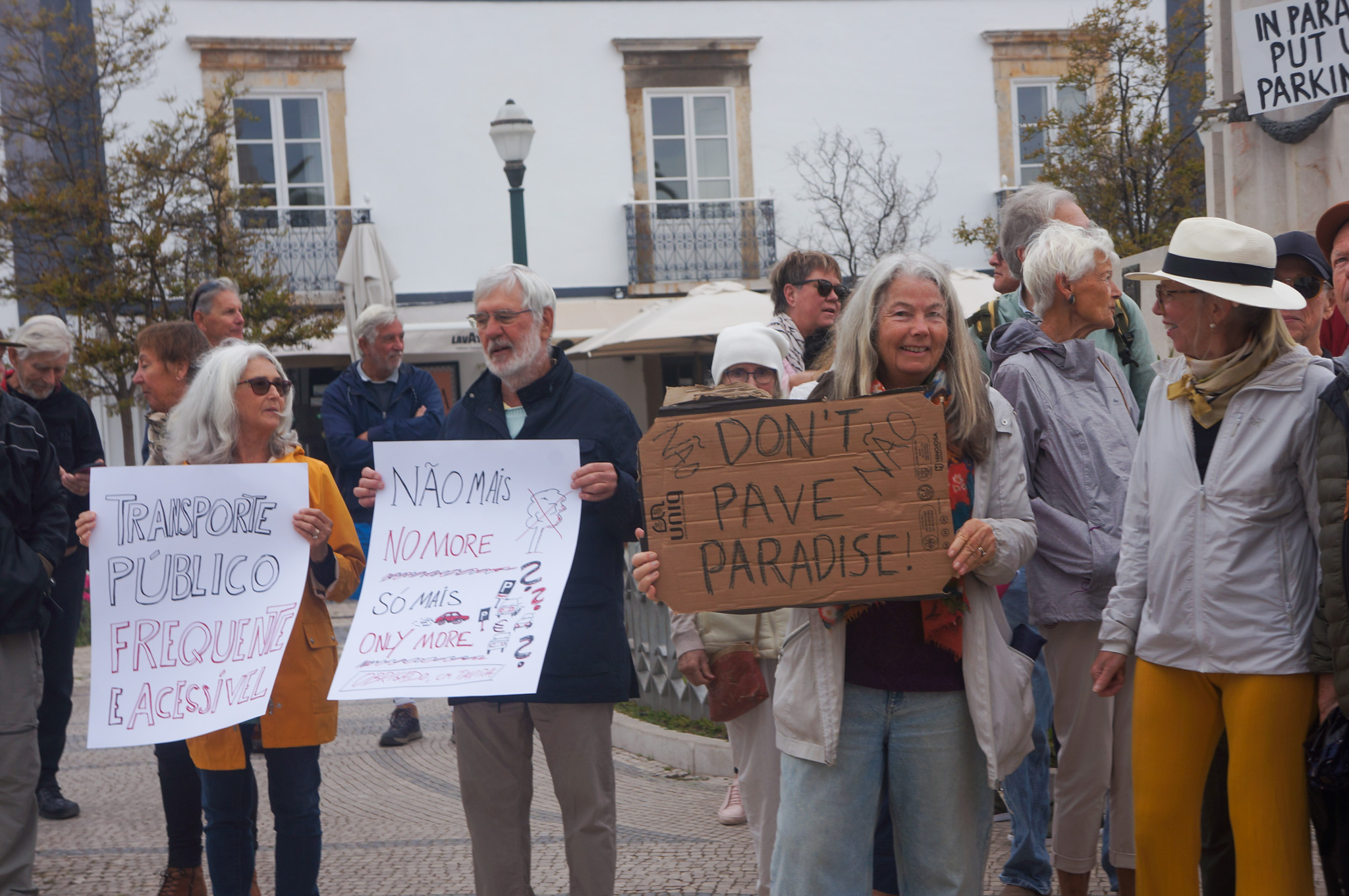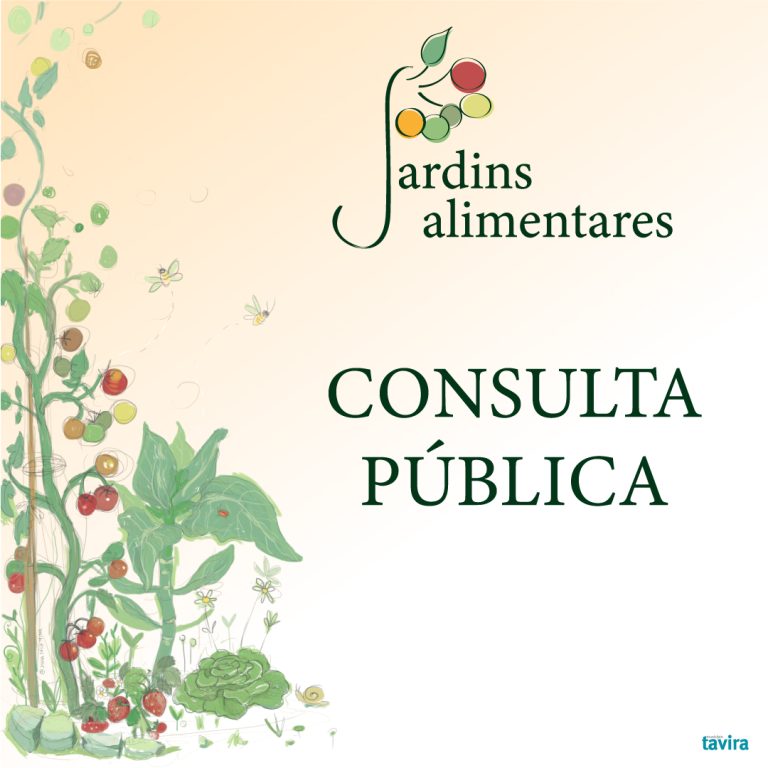Mobility plan – consultation document
I am working my way through the 98 page Mobility Plan for Tavira. I have already sent in a response before the deadline of 21st March. But now because the deadline was extended after the protest outside the Camara I plan to rework my response into something much more coherent and considered.
Jim and I translated the document with the help of DeepL and Google. The image charts are not translated but fairly easily understood in terms of objectives.
Here is the link to the English translation of the mobility plan for Tavira. Clicking the link will open the PDF file. It is a large file 6MB even after reducing, so depending on your connection it may take a while to download. We did this to aid communication and understanding as if you are like me it takes a while to translate from Portuguese and then digest.
Here is the link to the Mobility Plan in Portuguese on the Municipality of Tavira’s website.
All responses to the Mobility Plan should be sent to:
Remember to add:
Your Name, Address: Citizen Card /NIF/PASSPort Number/Resident Card Number as appropriate:
Below are some links I have considered that explain how other towns are dealing with mobility issues. I will add more to this list before the end of the consultation period which is now 31st March 2024.
Car free cities in Europe
Walkable Cities
Copenhagen has been a pedestrian first city since the 1960’s. Here is a link to 10 points explaining what Copenhagen prioritised to enhance the air quality and the cohesion of the city.
Madrid 360 Low Emissions Zone
“Madrid Central” is a Low Emissions Zone implemented in certain areas of the metropolitan area of Madrid. The measure is part of the General Plan for Air Quality and Climate change and gives priority to pedestrians, cyclists and public transport. It covers 472 Ha in Madrid’s inner belt and eliminates the traffic in the centre of the city, giving some exemptions to residents, individuals with reduced mobility and/or special needs, and security and emergency services which can access the area of application of Madrid Central.”
Happiness indicators- not efficiency only economic indicators
Bhutan’s Gross National Happiness index stands at 0.756 on a scale of 0 to 1. In Bhutan, 43% of survey respondents reported feeling happy or very happy, 48% said they were relatively happy, and 9% declared themselves unhappy.
I wrote about Bhutan in 2017 after interviewing Felipe Viveros, European Representative of the Bhutan Gross Happiness project.
Mayors are encouraged to use the happiness indicators rather than just focusing on economic efficiency when creating and consulting residents about mobility issues.
Books
What if Women Designed the City?
May East
33 leverage points to make your city work better for women and girls
“The discussion of how cities would look if designed by women lies at the heart of this book, which explores the symbiotic relations between women and cities towards the attainment of regenerative neighbourhoods.
What if Women Designed the City? offers a fresh perspective on urban development by giving voice to local women from many different countries and backgrounds who reveal multiple untapped potentials rooted in the uniqueness of their neighbourhoods.
Drawing on in-depth walking interviews with 274 women, Dr May East identifies 33 leverage points ranging from the very pragmatic such as how cities could look if pavements were built, public transport networked, alleyways illuminated, and neighbourhood funds distributed; to the influence that shifts in mindset, distribution of power and rules of the system may have in democratising the way women and girls use and experience public spaces.
Embedded in the richness of women’s everyday life experiences of walking and living in the city, this book offers new lines of work for urban planners, policy-makers, practitioners, and communities to intervene in urban planning systems so that their cities can be greener, more inclusive, more liveable, wilder and poetic.”
I interviewed Jonathan Porritt about his book “Hope in Hell – A decade to confront climate change for ECO123.
His book is published by Simon & Schuster
He said in 2020:
“So, for example, the city of Milan has had its fair share of climate impacts and has been pretty seriously affected in many ways. The Mayor of Milan made a decision just a couple of weeks ago that the best response Milan could make to this is to convert roughly 35 kilometres of their existing roads into cycleways and pedestrian systems and to introduce far better public transport. So, reducing the need for Milan citizens to think that the only way to get to work is to jump into cars as per usual. I am fascinated by this because it means that things are beginning to move quite quickly. I think it is significant that this is coming from a big city as it is often easier to get that sorted out at the city level than it is nationally. I think it is really significant that it is being replicated elsewhere and that there is now a readiness to understand that governments have to intervene to make these breakthroughs happen. It will not happen through the power of the market, and that in itself is an important conclusion, namely that this can only come about through initiatives spearheaded by governments and not the private sector.“
Review: “Brave and unflinching in setting out the reality of the hell towards which we’re headed, but even more urgent, passionate and compelling about the grounds for hope if we change course fast enough, Hope in Hell is a powerful call to arms from one of Britain’s most eloquent and trusted campaigners.”
Caroline Lucas, MP

